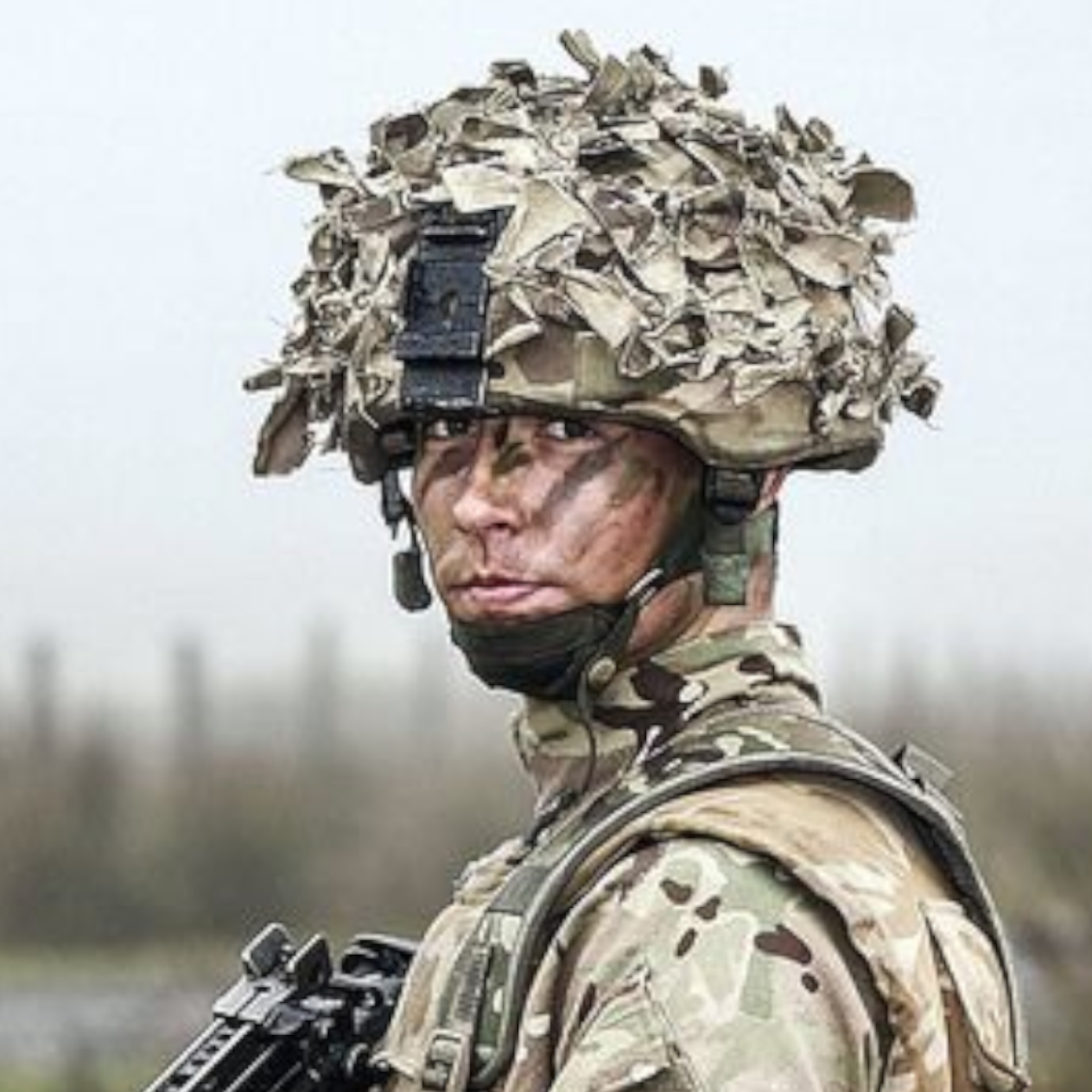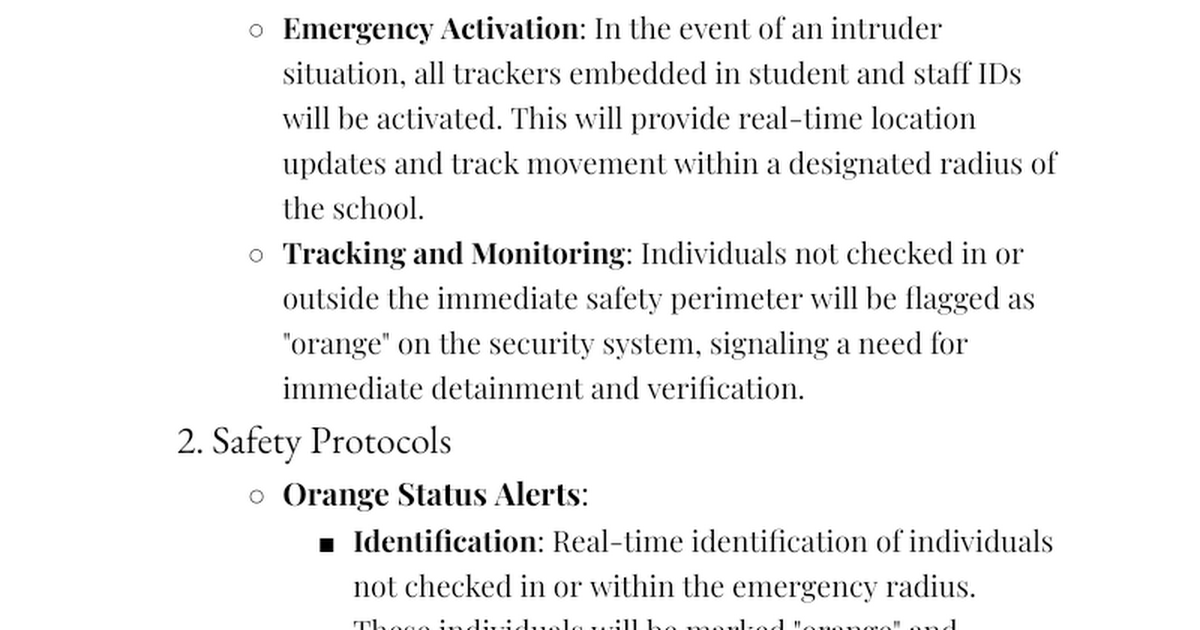I have an upcoming meeting with the chief of police at my school and came up with a whole plan. Though it’s not just security it’s a labyrinth so sophisticated it was ether completely deter someone from even trying or completely break and capture the intruder. If anyone tried the first time and managed to get past front 1 and 2. They would have to deal with “the creator” guiding the squadron and controlling the labyrinth helping students escape while leading the intruder away from students or capture.



Initial Fronts - Capture if Possible:
Secondary Front - Assess and Neutralize:
Final Squadron - Eliminate if Necessary: